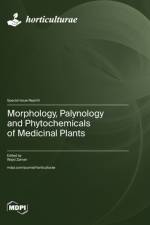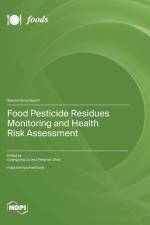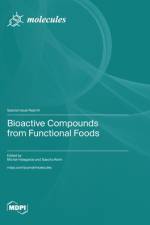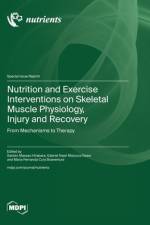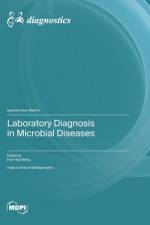1 061
Functional foods are still attracting widespread consumer interest, mainly due to their beneficial effects on humans. Their action is primarily connected with their bioactive compound content. These compounds are mainly plant secondary metabolites (e.g., flavonoids, carotenoids, and phenolic acids) that are applied to recipes as extracts, or sometimes as pure compounds. However, primary plant metabolites and, sometimes, compounds from animal sources (e.g., selected peptides, vitamins, minerals, and fatty acids), as well as compounds from other sources, such as single cells (e.g., yeasts, bacteria, and algae), can be considered functional ingredients. Biologically active compounds demonstrate various positive physiological and immunological functions. Some act as antioxidant agents and, thus, can diminish the risk of various diseases, including cancer. Others stimulate defense mechanisms, prevent widespread damage, or enhance cell repair. One of the limitations in the application of functional ingredients is their stability, but other main challenges include finding optimal concentrations and recipes.This compilation of scientific publications aims to bring together the latest knowledge, ideas, considerations, and overviews on bioactive compounds that can be found in functional foods.








